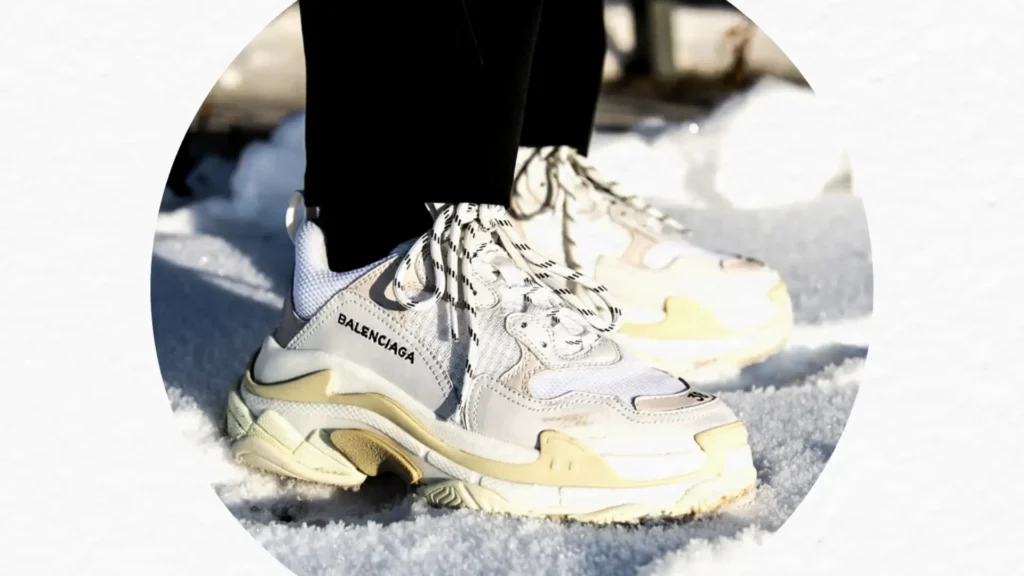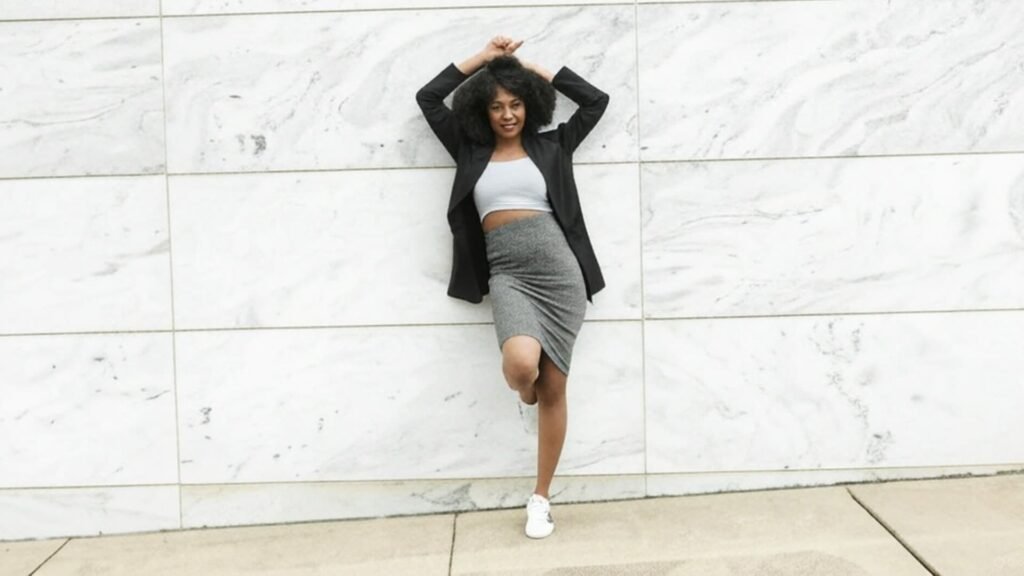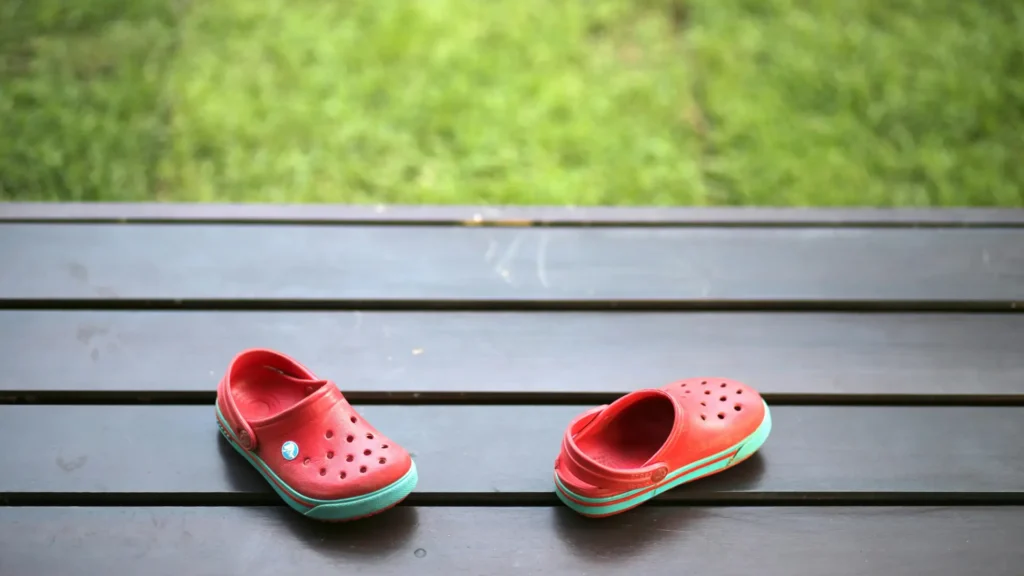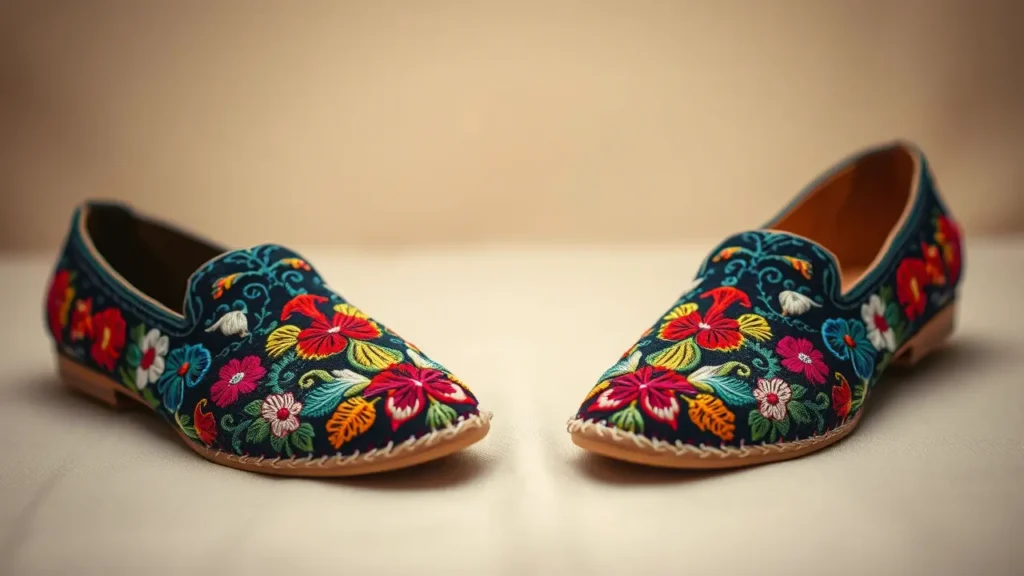In 2024, global sneaker sales reached $90 billion, with chunky sneakers accounting for 35% of the market. These bold, oversized shoes have taken over runways from Paris to New York. This article explores the reasons behind their dominance.
The Rise of Chunky Sneakers
Chunky sneakers have surged as one of the most influential fashion trends of the late 2010s and into the early 2020s. Known for their exaggerated silhouettes, thick soles, and eye-catching designs, these shoes have evolved from sportswear relics to high-fashion must-haves. This trend is not just about footwear—it reflects broader cultural shifts in style, identity, and consumer behavior.
Chunky sneakers first re-emerged around the mid-to-late 2010s, drawing heavily from the aesthetic of 1990s athletic shoes. Designers began reinterpreting retro running and training shoes with a modern twist—amplifying sole thickness, color blocking, and technical materials. Balenciaga and Adidas were among the pioneers, reintroducing bold shapes that stood in stark contrast to the sleek minimalism of previous decades.
Balenciaga’s Triple S sneaker, launched in 2017, became a defining piece of this movement. It was far from affordable but quickly sold out, signaling a shift in how consumers viewed sneakers—not just as casual wear, but as luxury fashion items.
By 2023, chunky sneakers had become a dominant force in the fashion world. They appeared in 60% of major fashion shows, worn on runways from Milan to Paris. Their vibrant colors, oversized silhouettes, and bold patterns made them stand out in an industry increasingly drawn to expressive, statement-making pieces.
This marked a significant departure from the clean lines and minimalist aesthetics that dominated the early 2010s. Consumers, especially younger generations, embraced this new era of maximalism, where comfort and self-expression coexisted with high fashion.
Cultural Shifts Driving the Trend
Instagram and TikTok played a pivotal role in popularizing chunky sneakers. Influencers and everyday users alike posted outfit photos showcasing how to style these bulky shoes with everything from streetwear to formal dresses. The visual appeal of chunky sneakers made them ideal for social media content, helping drive viral engagement and brand visibility.
As streetwear continued its rise into mainstream fashion, chunky sneakers found a natural home within the culture. Younger consumers gravitated toward brands and styles that emphasized individuality over conformity, making oversized sneakers a symbol of personal expression and urban cool.
High-profile celebrities further cemented the trend. Kanye West and Billie Eilish were frequently seen wearing chunky sneakers at red carpet events and public appearances. These endorsements helped blur the line between athletic wear and high fashion, encouraging fans and followers to adopt the look themselves.
Design Innovation and Consumer Appeal
Chunky sneakers are more than just a passing fad—they represent a shift in design philosophy. Rather than prioritizing minimalism or streamlined forms, designers focused on:
- Exaggerated proportions and sculptural soles
- Layered textures, neon accents, and retro color schemes
- Experimental materials, including sustainable fabrics and vegan leather
In 2022 alone, 70% of new sneaker releases featured chunky designs, showing how deeply embedded this style had become in both casual and luxury markets.
Moreover, comfort has become a key selling point. With thicker soles offering superior cushioning and support, many consumers view chunky sneakers as the perfect blend of form and function—ideal for all-day wear without sacrificing style.
Runway Presence and Designer Collaborations
Chunky sneakers have become a staple on high-fashion runways. At Paris Fashion Week 2024, 80% of shows included some version of the trend, paired with tailored suits, flowing gowns, and avant-garde accessories. Demna Gvasalia (Balenciaga), Virgil Abloh (Off-White), and Alessandro Michele (Gucci) championed the silhouette, reinforcing its place in contemporary fashion.
Collaborations between luxury houses and sportswear giants also fueled the trend’s growth:
- Gucci x Adidas: Brought together heritage Italian design with classic American sportswear.
- Nike x Travis Scott: Created limited-edition models that became collector’s items.
- Fendi x Fila: Merged vintage flair with modern streetwear edge.
These partnerships blurred the boundaries between athletic performance and runway-ready fashion, making chunky sneakers a versatile and desirable commodity.
The popularity of chunky sneakers is largely driven by Millennials and Gen Z. These generations prioritize authenticity, self-expression, and sustainability, which chunky sneakers increasingly reflect through:
- Gender-neutral designs
- Expanded size ranges
- Eco-conscious materials and production methods
Women’s chunky sneaker sales saw a 40% increase since 2020, with brands responding by launching feminine colorways and silhouettes. From chunky loafers to platform runners, the category has expanded to suit diverse tastes.
Nike’s collaborations with artists such as Travis Scott or Sacai —create intense demand and sell out within minutes. These exclusives not only boost brand loyalty but also feed into a thriving resale market.
The Global Influence and Evolution of Chunky Sneakers
Chunky sneakers have not only redefined fashion aesthetics but also reshaped the global footwear industry, influencing markets from Tokyo to New York. Their appeal is both cultural and commercial, with regional variations, economic impacts, sustainability concerns, and technological innovations playing key roles in their continued dominance.
In Japan, chunky sneakers have become a mainstream staple. In 2024, 50% of all sneaker sales were chunky styles, reflecting the country’s love for bold colors, layered designs, and avant-garde fashion. Japanese streetwear brands Ambush and Nanamica collaborate with international labels to create unique interpretations that blend traditional craftsmanship with futuristic silhouettes.
European consumers tend to favor minimalist chunky sneakers, opting for beige, gray, and black. The emphasis is on clean lines and understated luxury, aligning with the continent’s more reserved fashion sensibilities. Brands such as Prada and Lanvin have capitalized on this by offering sleek, architectural designs that maintain the chunky silhouette while fitting into European wardrobes.
In the United States, chunky sneakers thrive in urban environments, where they are paired with streetwear, athleisure, and high-fashion ensembles. American consumers gravitate toward vibrant colorways, oversized soles, and expressive branding—mirrored in runway shows and celebrity culture. Los Angeles, Chicago, and New York serve as trend incubators, with sneaker culture deeply embedded in youth identity.
Economic Impact on the Footwear Industry
The rise of chunky sneakers has had a transformative effect on the global footwear market:
In 2024, sneaker brands reported an average 25% increase in revenue, largely driven by the popularity of chunky designs. Nike, Adidas, and New Balance continue to dominate, leveraging scale and brand equity to capture market share.
However, smaller independent brands face challenges due to higher production costs—chunky sneakers require more materials, advanced manufacturing techniques, and larger packaging.
Chunky sneakers have fueled a booming resale economy. StockX, GOAT, and eBay recorded over $2 billion in sneaker trades in 2023, with rare or limited-edition releases commanding premium prices. Some pairs, such as exclusive Nike x Sacai or Balenciaga Triple S editions, sell for thousands of dollars above retail value.
As environmental awareness grows, so does scrutiny around sneaker production:
In 2024, 30% of new chunky sneaker releases incorporated recycled or eco-friendly materials , including vegan leather, recycled rubber, and plant-based foams. Veja and Allbirds have positioned themselves as sustainable alternatives, influencing luxury houses to adopt greener practices.
Despite progress, critics point to overproduction and fast fashion cycles , which contribute to waste and pollution. Some companies are responding with made-to-order models or smaller capsule collections to reduce excess inventory.
Ethical labor practices remain a concern:
Reports of poor working conditions in factories producing popular sneaker lines have led to consumer backlash.
Transparent supply chains and fair wages are becoming non-negotiable for conscious buyers. Brands that prioritize ethical sourcing—Patagonia Footwear and Rothy’s —are gaining traction.
Technological Innovations in Design and Retail
Technology continues to shape how chunky sneakers are designed, produced, and sold:
Advanced 3D printing technologies allow designers to experiment with complex sole structures and lightweight materials. This innovation reduces material waste and speeds up prototyping, enabling faster time-to-market.
Retailers are using AR apps to let customers “try on” sneakers virtually. This immersive experience has increased online sales conversions by 20%, especially among younger, tech-savvy shoppers who prefer digital shopping.
Brands now rely heavily on data analytics to track social media trends, search patterns, and consumer preferences. Real-time insights help them decide which colors, styles, and collaborations will resonate most with audiences—ensuring product success before launch.
Chunky sneakers dominate runways due to cultural, economic, and design factors. Their bold look resonates with younger consumers. The trend continues to evolve globally.




